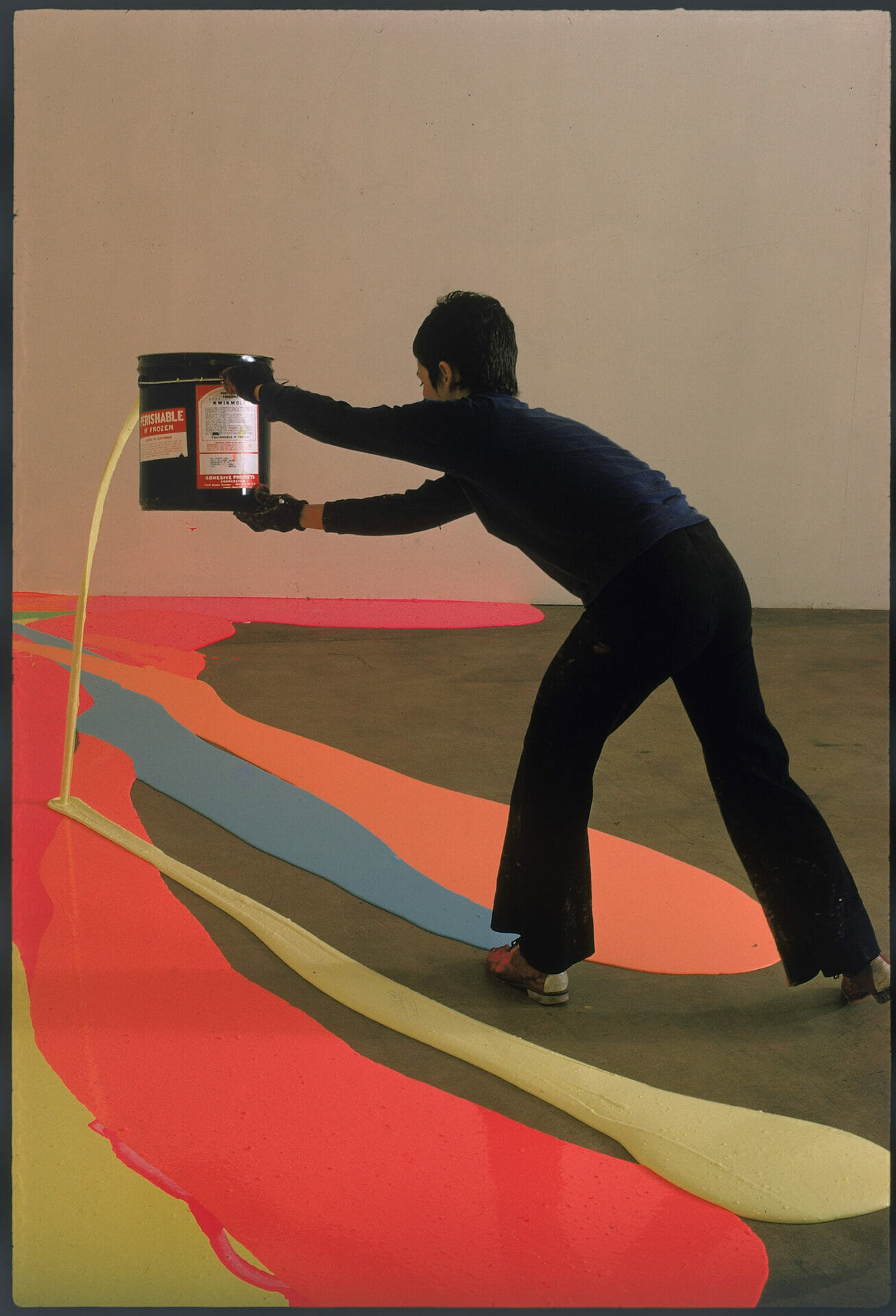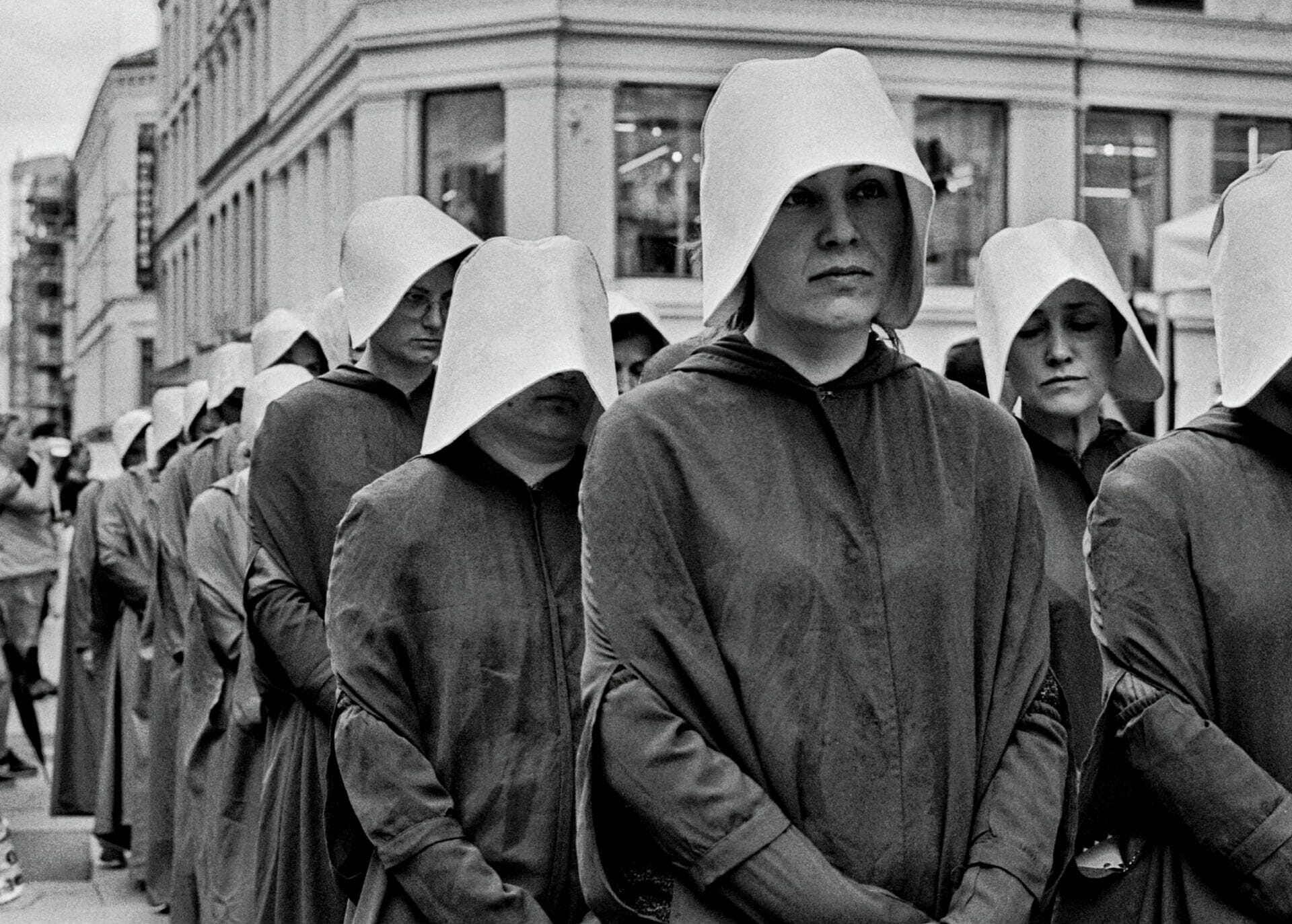
Thelma & Louise | Revolutionary women on screen
Year
Runtime
Director
Writer
Cinematographer
Production Designer
Music by
Country
Format
Genre
Thelma & Louise, directed by Ridley Scott, in 2021 has just celebrated its 30th anniversary. It originally premiered in American theatres in May 1991, after being screened out of competition as the closing movie at the 44th Cannes Film Festival. The movie follows the adventures of the two titular women, best friends played by Academy Award winners Geena Davis and Susan Sarandon. Much discussed and acclaimed, Thelma & Louise has been widely credited for breaking gender stereotypes. This movie has become a landmark for its contemporaries and also for later generations. It has been able to change the way visual narratives portray female friendship and sisterhood.
Female rebellion against society
Thelma & Louise tells the story of Thelma (Geena Davis) and Louise (Susan Sarandon), two women who leave for a carefree weekend. They both want to get away from the daily grind. In particular, Thelma needs an escape from her overly controlling husband, while Louise needs a break from her job as a waitress and a disappointing relationship. At a roadhouse bar along the way, Thelma, after a few drinks, dances with a seductive stranger. When the man turns violent and tries to take advantage of her, Louise goes to her friend’s rescue and shoots the man with a gun. The two distraught women flee. What began as a simple vacation soon becomes a mad escape towards freedom for the two outlaws.
The two leading characters of Thelma & Louise have remained etched in the collective consciousness for many reasons. They both face a journey of inner growth and awareness that drives them to self-empowerment. They live in a patriarchal world where it is unusual for women to fight back. Louise is an independent, strong-willed woman who embodies the female figure forced to live in an oppressive society. While Thelma depicts the unhappy housewife who denies the repressive situation in which she lives. Slowly the two awaken from their torpor and rebel against all the injustices they have suffered just for being women.
Breaking the rules of genres
Thelma & Louise was a breaking point for female representation in the motion picture industry. Until then, there were very few movies featuring a female duo such as Gentlemen Prefer Blondes (1953) and Desperately Seeking Susan (1985). Even fewer were those that focused on female bonding and friendship as did Julia (1977) and Nine to Five (1980). Earlier, movies tended to portray women as enemies. Coquettish girls who compete with each other to get the attention of men, envious and ready to stab one another in the back. Therefore, female friendship on-screen has often been linked to men. Besides, it only served as an element to carry the dynamic of the movie forward.
Thelma & Louise intertwines the cinematic genres of the buddy movie and the road movie. It presents two very different characters who face a journey through various stages between distant places and lands. Along the way, there is not only a series of American landscapes but also an inner change of the main characters. As the two women advance physically and geographically, the viewer witnesses a journey towards female empowerment. Thelma & Louise broke the female patterns and stereotypes by using two genres that typically featured male protagonists such as in the case of Easy Rider (1969), Midnight Cowboy (1969), and The Shawshank Redemption (1994). In fact, usually, in road and buddy movies women were just a tool for the evolution of the male protagonist. Women did not have their own three-dimensionality. They were merely projections of the male imagery. Caricatures of mothers, wives, daughters, lovers, trapped in banal and conventional roles.
Male gaze vs. female gaze
Callie Khouri wrote the Oscar-winning screenplay for Thelma & Louise. The idea for the story came to her as she was driving home from work. At first, Khouri was planning to make a low-budget movie that she would direct herself. However, through a series of contacts, the script came into the hands of Ridley Scott (Alien) who was impressed. He felt that with the material at his disposal he could create something epic. In the end, he agreed to direct the movie even though Khouri was concerned. The problem was that their two visions – her female gaze and the director’s male gaze – might have collided.
The first to talk about the concept of the “male gaze” was the British feminist film theorist Laura Mulvey. Her renowned 1975 essay Visual Pleasure and Narrative Cinema argued that most Hollywood movies were shot from a male point of view. The movie camera captured women and their bodies as representations of an image that men hold of them. Because of this, the male gaze has subjected women, reducing them to sexual objects offered to the male audience.
In Thelma & Louise, though, thanks to Scott’s directorial mastery, the viewer can witness the reversal of the male gaze. In the movie, women are not objectified. Instead, It is men who are mocked, threatened, and even desired. J.D. (Brad Pitt), the seductive drifter who attracts Thelma’s attentions, is one example. The novelty, in this case, is that a man is the object of female sexual desire. The camera focuses on his attractive body, coinciding with Thelma’s female point of view. Furthermore, it is striking that there are no positive male characters in the movie with whom the viewer can identify. Men are simply childish, detestable, and violent, except for one detective who would really like to help the two women. Men are not crucial to the protagonists’ narrative arc. Nothing is more strong than the relationship between the two friends, not even their husbands or boyfriends.
The legacy of Thelma & Louise
Many people thought that Thelma & Louise was the movie that was supposed to change Hollywood’s patriarchal structure. But this did not really happen. Even today, there is significant gender inequality in the movie industry. The percentage of female directors, screenwriters, editors, cinematographers, and producers is much lower than the male one.
Yet, even though Thelma & Louise did not mark the turning point that many hoped for, it has left a legacy that has been picked up by the recent feminist #MeToo movement that has arisen against the abuse and the injustice suffered by women in the movie industry and beyond. In particular, the movement went viral in 2017, after the Harvey Weinstein sexual abuse cases. Women in Hollywood have begun to speak out, and this time they have really been heard. It is inevitable not to think about what Louise says to Thelma when she suggests that they confess their crime:
Who’s gonna believe us? We just don’t live in that kind of world.
Louise Sawyer (Susan Sarandon)
Things finally seem to be starting to change. But there is still a long road ahead for women to achieve equal rights. Meanwhile, other movies have explored the theme of sexual assault and female revenge, such as Kill Bill: Volume 1 & 2 and the recent Promising Young Woman (2020). Also, over the years many female directors have made their mark in the industry and shown their talent through their works, such as Kathryn Bigelow, Lynne Ramsay, Jane Campion, and Greta Gerwig. Therefore, despite thirty years having passed, Thelma & Louise continues to inspire debate among audiences and critics alike.
Tag
Buy a ☕ for Hypercritic









